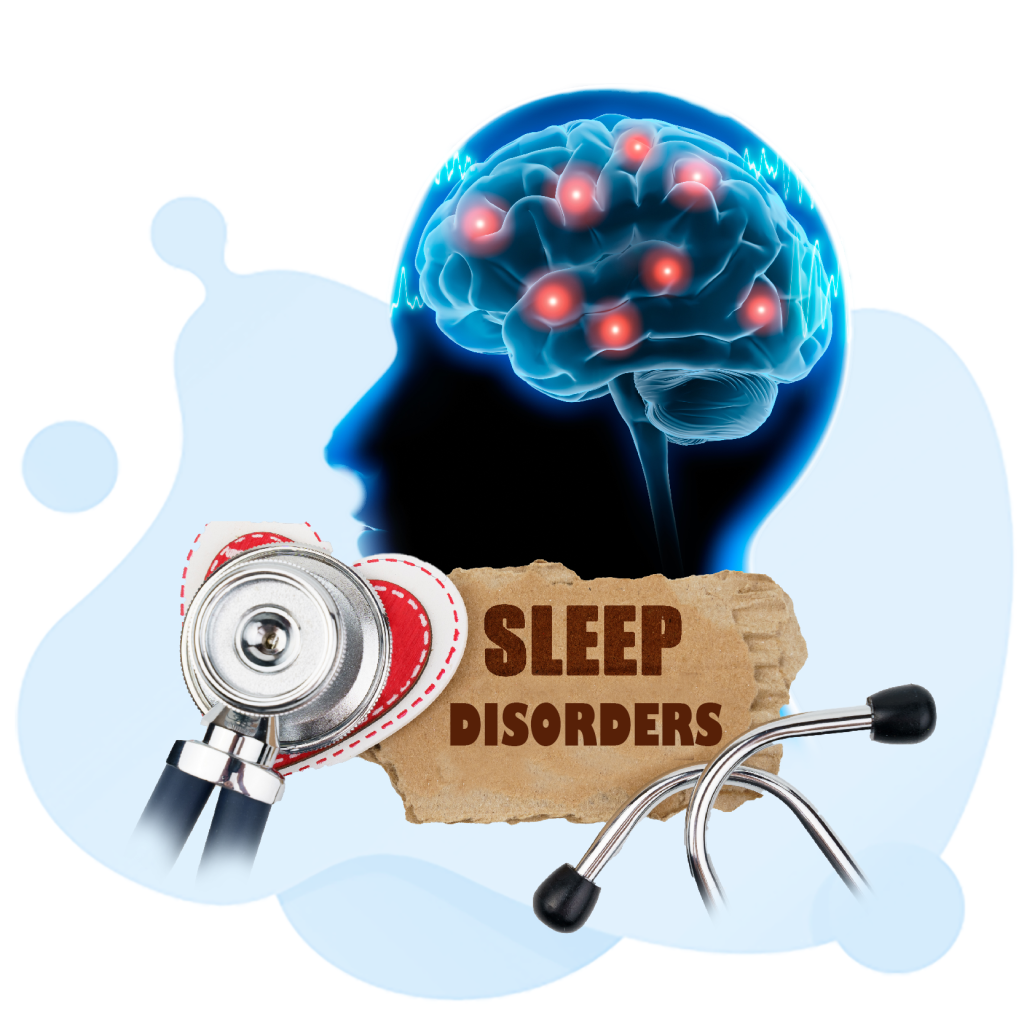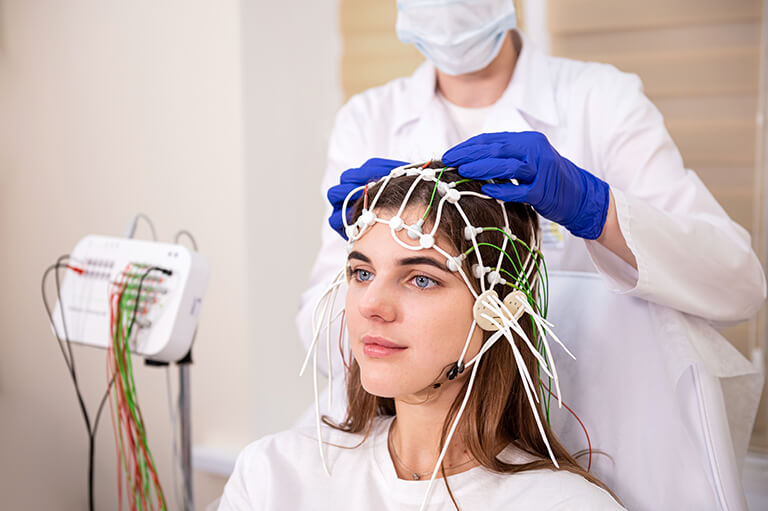RPSGT Practice Exam

A career as an RPSGT is both challenging and rewarding. It also offers the satisfaction of making a real difference in people’s lives. Candidates who remove exam materials or are viewed cheating on the test are subject to professional review and possible legal action.
The RPSGT exam has 175 MCQs, with 25 being pretest questions that do not count toward the score. The Academy’s program consists of 85 lessons that parallel the four content areas of the exam.
Polysomnographic Technologist
The role of a polysomnographic technologist is to assist clinicians and medical researchers with sleep studies and research related to the disorders of sleep. They must be knowledgeable about the latest advances in sleep technology and have excellent communication skills. They must also be able to problem-solve technical issues. This is a demanding profession that requires a college degree and supervised clinical experience. The BRPT Candidate Handbook is designed to help candidates prepare for the RPSGT Exam. The handbook includes information about the examination, eligibility policies and rules for taking the exam. In addition, it provides sample questions. Any unauthorized removal or possession of exam materials is subject to professional review and legal action.
The RPSGT exam is administered in five different pathways. Each pathway requires different education and training. In March 2010, BRPT launched the Certified Polysomnographic Technician (CPSGT) exam, a certificate-level exam that positions technicians who are new to the field in a tiered progression toward RPSGT certification. The CPSGT exam was developed with input and review from AASM and AAST. It uses bookmark equating, a statistical method that adjusts the minimum raw passing score for each form of the exam to compensate for variations in difficulty level among different forms of the examination.
Polysomnographic Technologist Salary
Polysomnographic technologists are essential members of the allied health care team, performing clinical assessments and monitoring the physical activity of patients. They work with physicians specializing in sleep medicine to diagnose and manage sleep disorders. They also provide individualized, one-on-one care to help patients with their symptoms and improve their quality of life.
A career as a polysomnographic technologist is challenging and rewarding. A successful polysomnographic technologist will have a strong understanding of sleep medicine and a willingness to learn new skills. They will need to be able to interact with patients and explain procedures in an efficient and clear manner. They will also need to be comfortable working with technology, as they may perform polysomnography tests on patients in a variety of settings.
A polysomnography technologist salary varies depending on location and experience, but is generally above average for healthcare professions. The salary of a sleep technician can increase significantly with experience and additional qualifications, such as certifications. This is a great career for people with a passion for helping others.

Polysomnographic Technologist Jobs
A sleep technologist works under the supervision of a medical director to provide comprehensive evaluation and treatment of a variety of sleep disorders. They are responsible for setting up specialized equipment to record various physiological and neurological variables during a patient’s sleep, including brain waves, eye movements, muscle activity, and respiration. They also work with physicians to develop tailored treatment plans that improve the overall health and wellbeing of their patients.
A Registered Polysomnographic Technologist (RPSGT) salary varies depending on education, experience, and location. In general, RPSGTs with more experience and additional certifications earn higher salaries. RPSGTs working in metropolitan areas are also more likely to receive competitive compensation packages.
To become an RPSGT, you must have a minimum of 1,638 hours of clinical experience that includes direct patient recording and scoring. You must also complete a BRPT-approved self-study program. There are three pathways to take the exam: clinical experience, healthcare credential, or focused training. Our RPSGT Study Guide helps you prepare for the exam by walking you through different test sections and topics, as well as providing practice questions.
RPSGT Certification
Whether you want to pursue certification in a specific field of sleep medicine or simply wish to advance your career prospects, achieving RPSGT certification is an important step in the right direction. Getting this credential will help you gain employment in many different medical settings, including hospitals and home care companies. Moreover, it will give you the opportunity to become more involved in sleep studies and improve your chances of advancing to leadership positions or even starting your own sleep clinic.
To become a certified rpsgt, you will need to complete an accredited program that offers training in the field of polysomnography. This will include a minimum of 80 hours of classroom and laboratory instruction. This will teach you the basic skills of working in a sleep lab, as well as the history of sleep medicine and the role of polysomnography in the diagnosis of sleep disorders.
Some states require a degree from an accredited polysomnography program before you can work as a sleep technician. Others will allow you to take a national registry exam through the Board of Registered Polysomnographic Technologists (BRPT). The BRPT also offers a Certified Sleep Technologist (CPSGT) credential for those without clinical experience. This will last for three years.
Polysomnographic Technologist Schools
Achieving a polysomnographic technologist certification is an important step in a career in the field of sleep medicine. These professionals work alongside physicians specializing in the treatment of sleep disorders, such as apnea and insomnia. They help to identify and treat a variety of conditions that can impact quality of life.
These professionals have a unique skill set and are valued, essential members of the healthcare team. In order to succeed, these individuals must have strong attention to detail, the ability to understand the importance of a good night’s sleep and the ability to communicate effectively with patients.
Students who enroll in a polysomnography program should be aware that they will need to complete a criminal background check before being placed in a clinical site or internship. This is required by the Commission on Accreditation of Allied Health Education Programs (CAAHEP). If a student lives outside the state of New Jersey, they should make arrangements with a local clinic to ensure that their accredited clinical experiences meet program requirements. This is not available at all clinical sites and may not be an option for every student.

RPSGT Exam Pass Rate
RPSGT exam pass rates have risen steadily over the years. This is due to the fact that the BRPT examination has always been responsive to changes in the sleep industry and to the needs of the professional community. The BRPT exam blueprint is built against the results of a job task analysis, ensuring that the exam tests what it’s supposed to test: knowledge needed to perform specific tasks. In a recent survey, most RPSGT sleep techs and board-certified physicians agreed that the current exam adequately tested for knowledge of conducting sleep studies and scoring sleep events.
The AASM manual contains the most comprehensive information about scoring sleep events, and it should be used by all RPSGT candidates preparing for the exam. All questions that require a response from the scorer are referenced to this manual, so it is important to read and practice the material.
Any person found in possession of unauthorized RPSGT exam materials is subject to disciplinary review and possible legal action. In addition, if a candidate is observed to be violating BRPT’s standards of conduct, they may be subjected to forfeiture of the examination fee and other disciplinary action.
RPSGT Study Guide
If you are looking to prepare for the RPSGT exam, there are several resources available. These include a study guide and flashcards. These tools can help you develop a personalized study plan that works best for your needs. In addition, you can also find practice exams that are similar to the actual test. These tests are helpful in identifying areas of improvement.
The RPSGT study guide is available in both print and ebook versions. The ebook is instantly downloadable, and the print version typically ships within one business day. Neither version requires any special software. It’s important to note that you can only print your study guide three times, but you will have access to it online in perpetuity. The book includes detailed answer explanations, which will allow you to learn from your mistakes.
RPSGT Board Prep
The RPSGT exam is available to candidates 48 days of the year at hundreds of locations throughout the United States and internationally. BRPT has also recently made the exam more accessible by moving it to computer-based testing, which has reduced registration and test administration time.
The exam consists of 175 multiple choice items, with four options each (a, b, c and d). Each item is followed by a descriptive answer explanation. Candidates are allowed 180 minutes to complete the exam, including a 10-minute break. A calculator is provided in the computer program, and candidates are encouraged to use it during the exam.
During the exam, a proctor monitors candidate behavior and makes sure that they do not disrupt the integrity of the examination. In addition, the exam proctor will ask you to sign a Confidentiality and Non Disclosure Agreement. This is important, as failure to agree to the terms will result in your immediate termination from the exam. Then you will be required to pay a $100 fee to take the exam again.